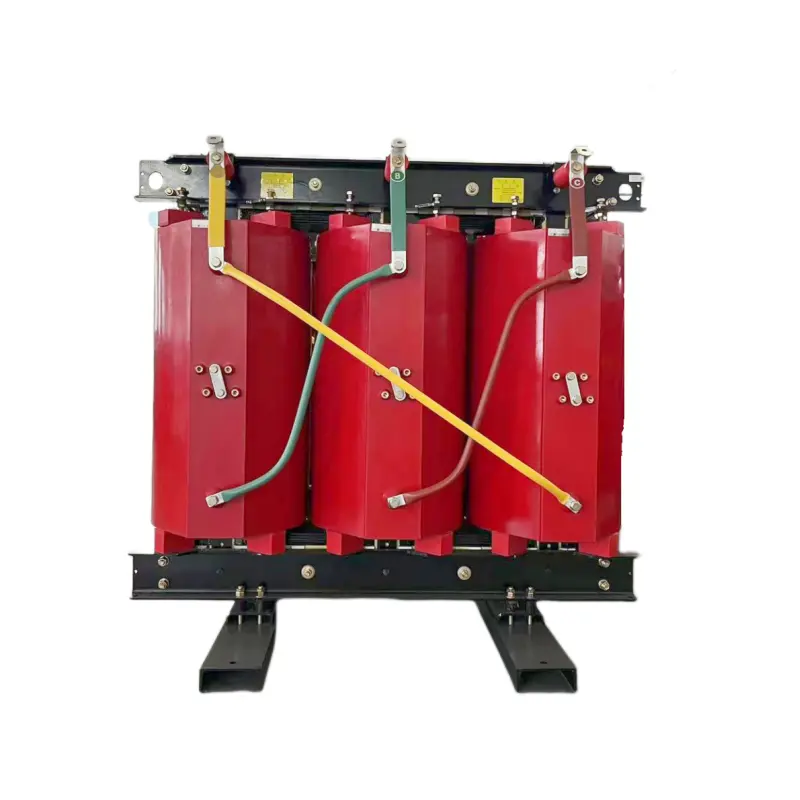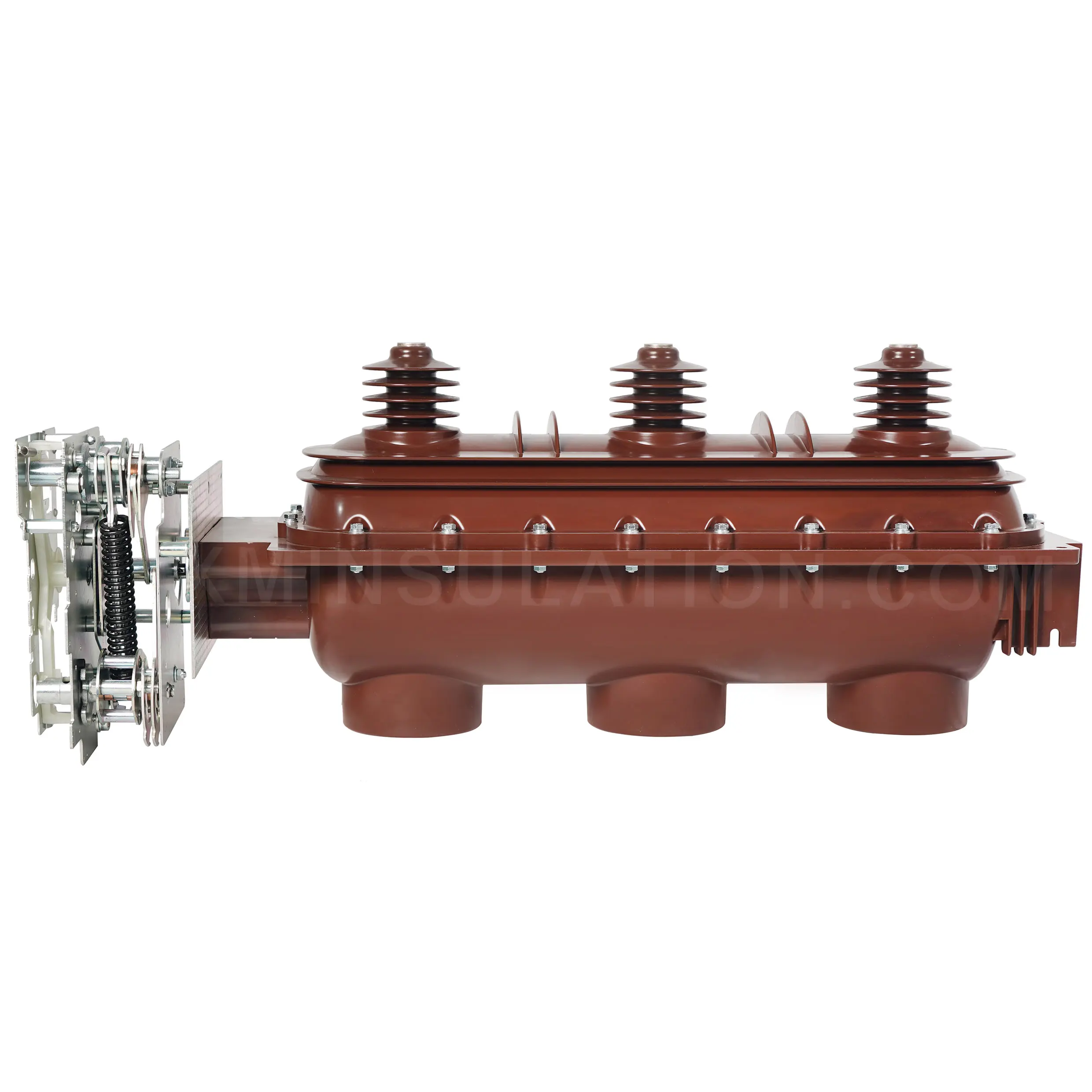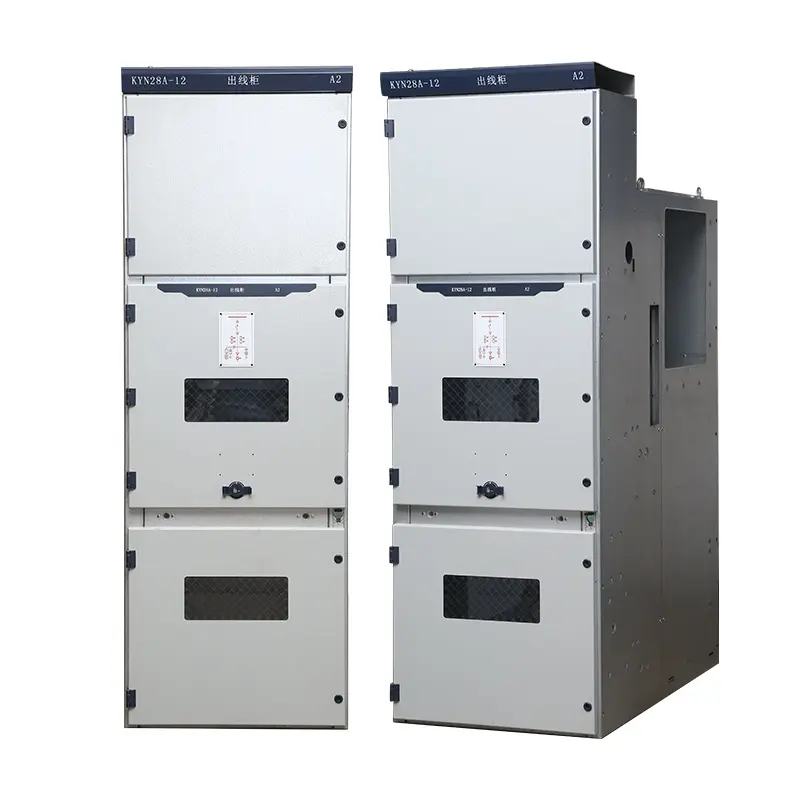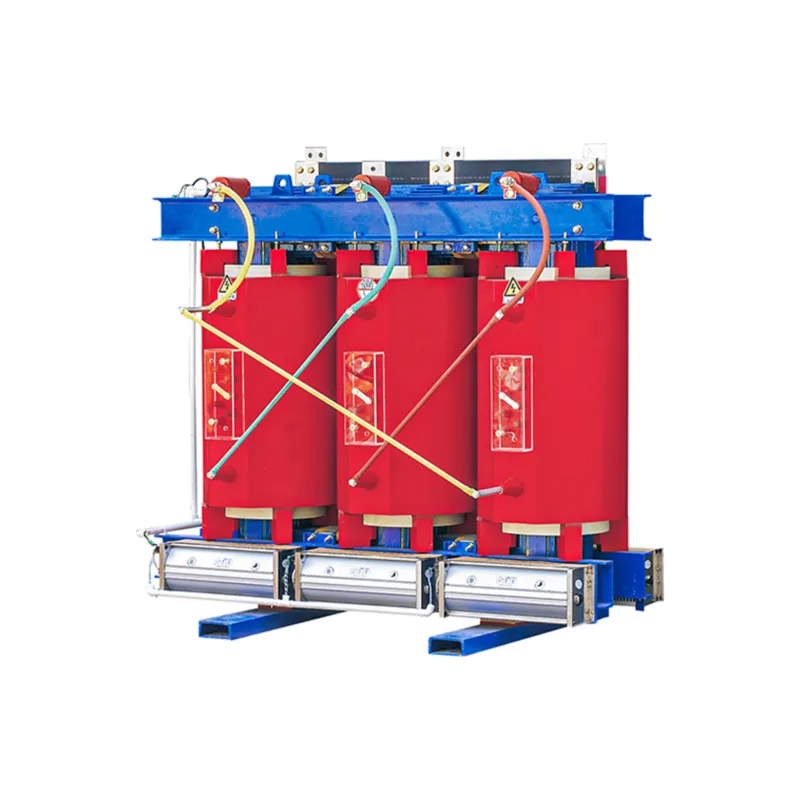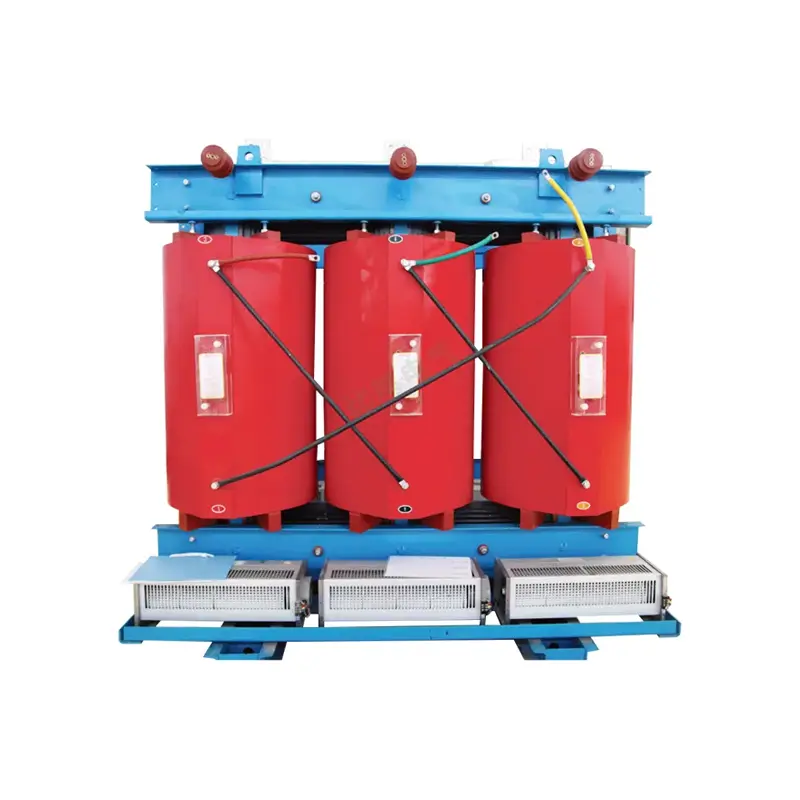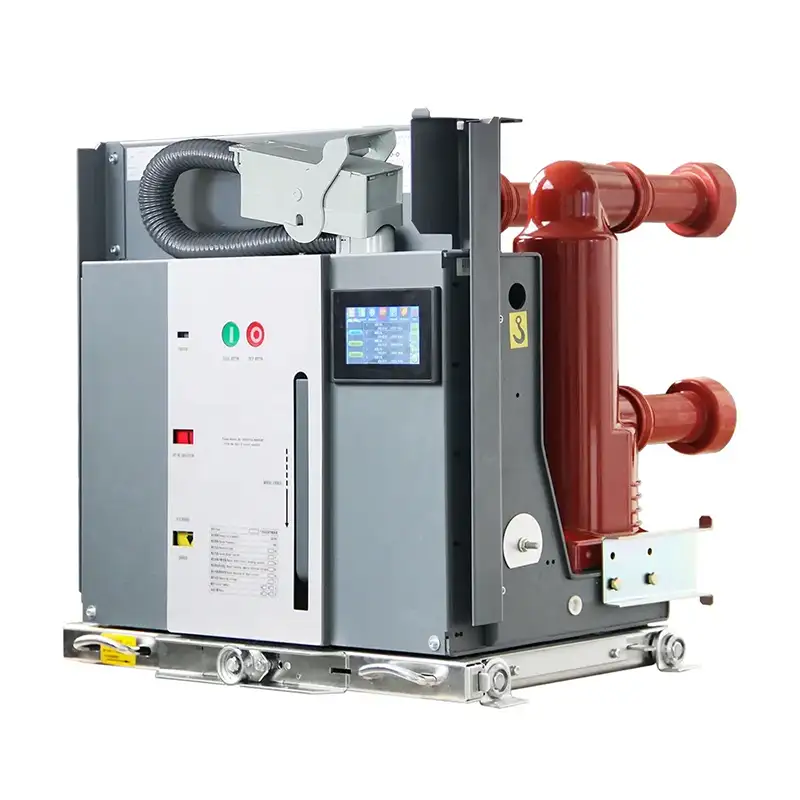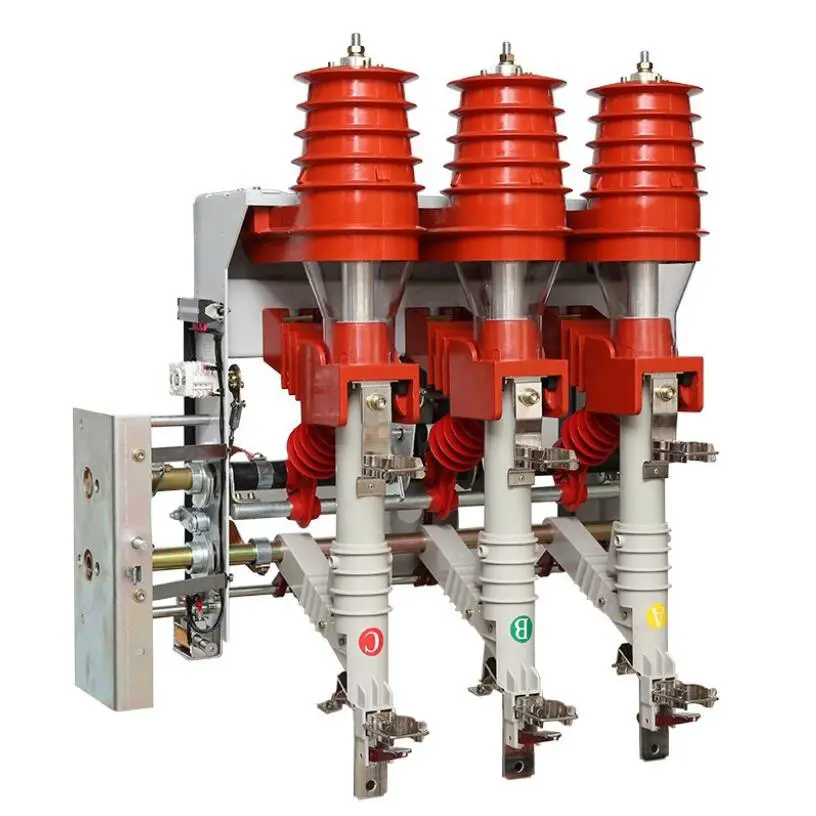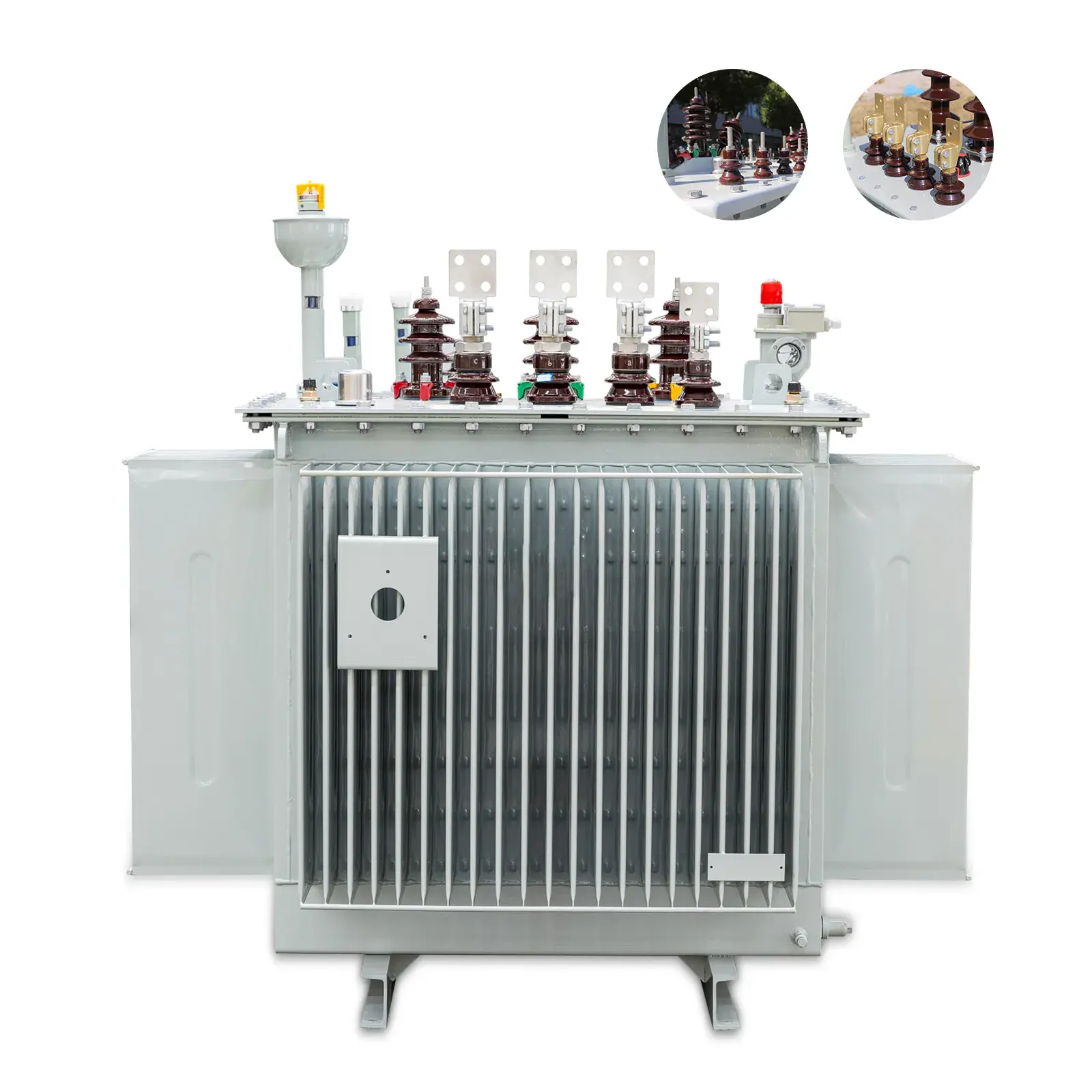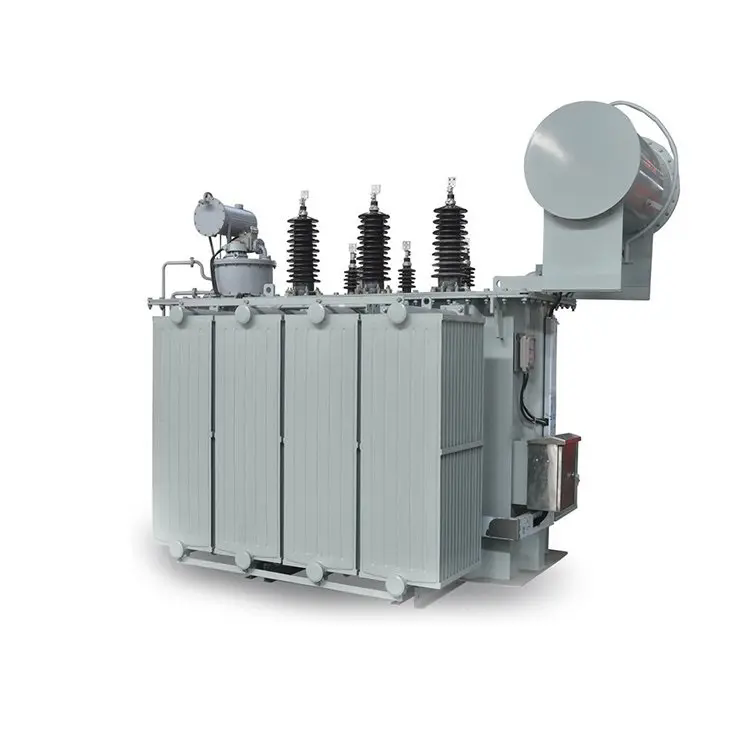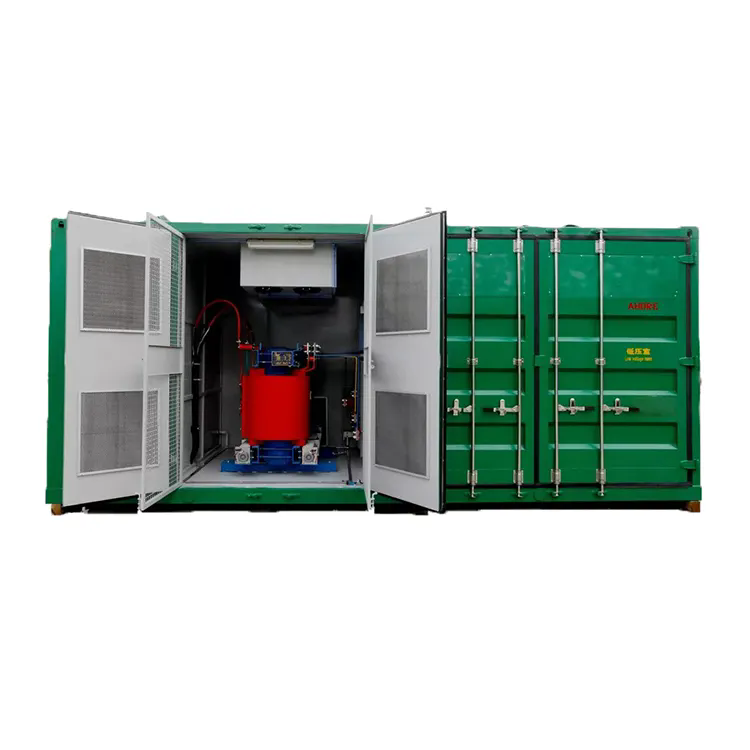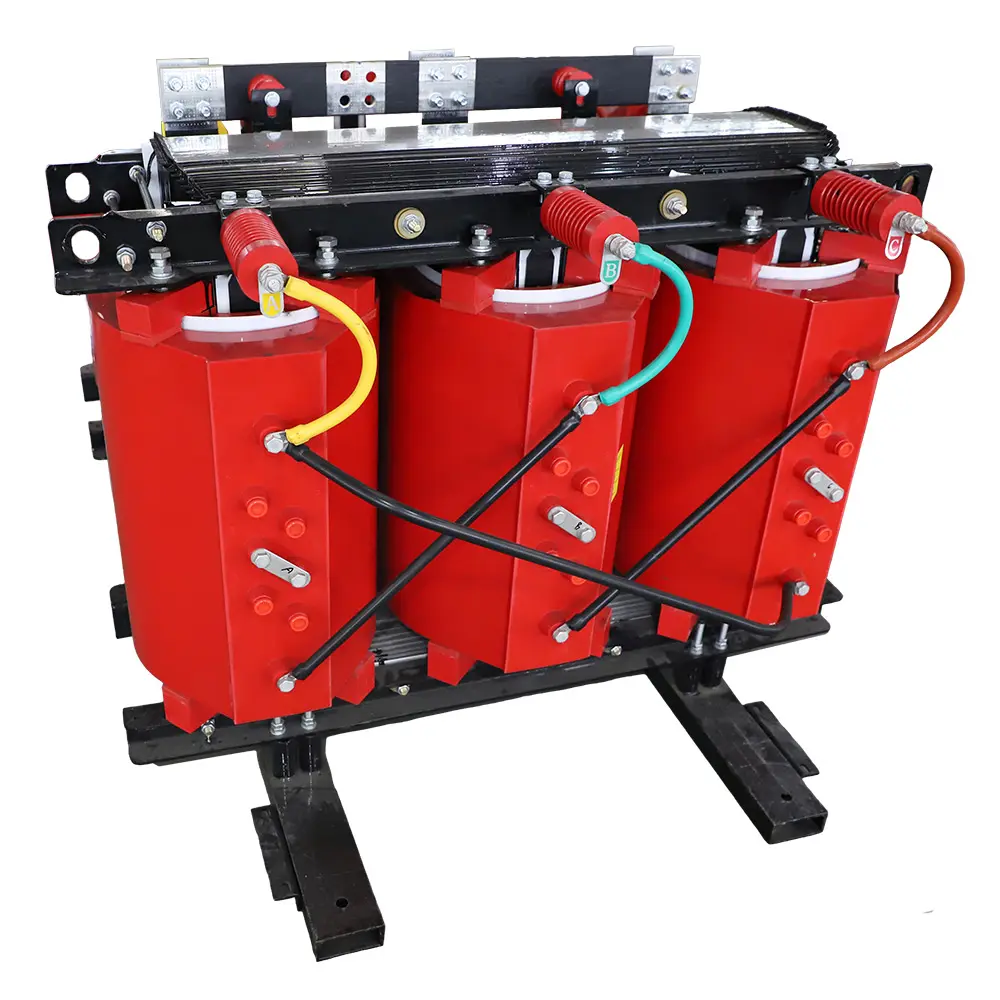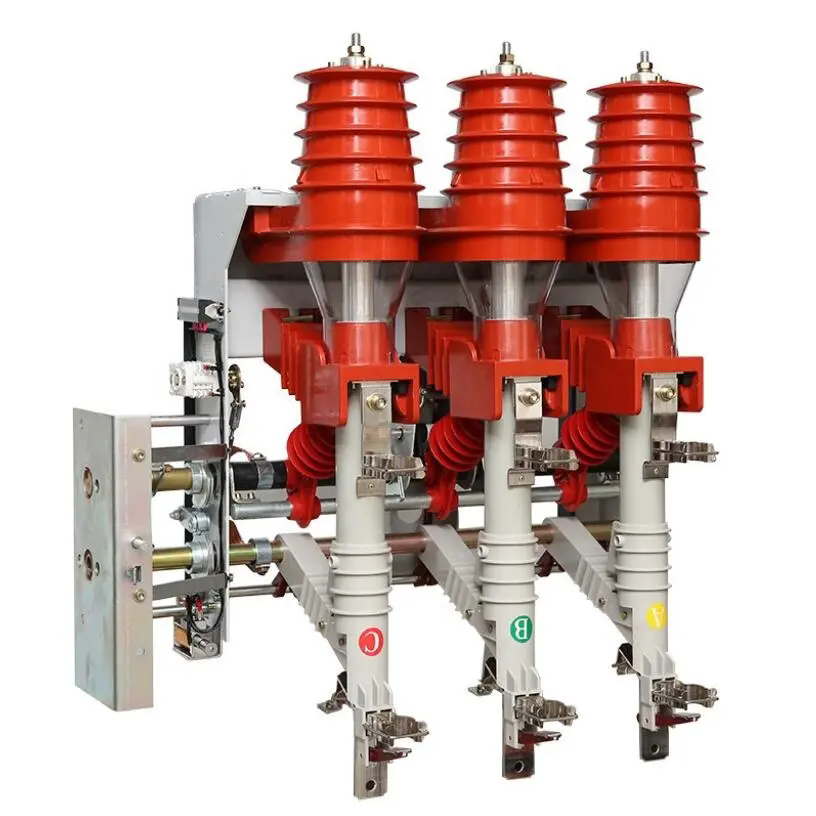Why Are Electrical Substations Indispensable in Modern Power Systems?
Electrical Substations serve as the core hubs of power transmission and distribution networks, responsible for converting the high voltage electricity from transmission lines into distribution voltages suitable for end users. They also monitor and dispatch the grid through switchgear and protection devices. By ensuring efficient energy transfer and maintaining grid stability, Electrical Substations are vital for urban power supply and industrial electricity usage.
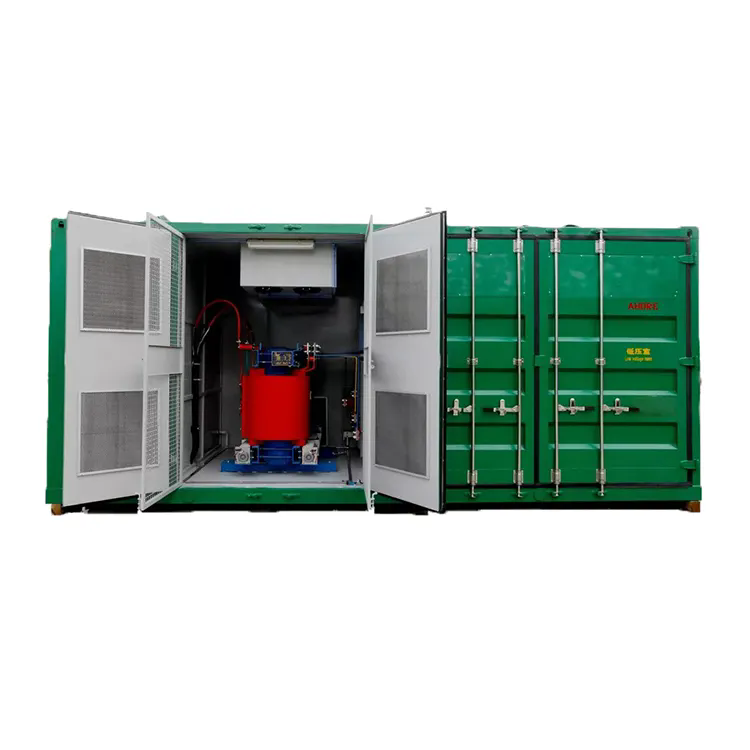
What Are the Main Functions of a Electrical Substation?
A Electrical Substation’s primary functions include voltage transformation, reactive power compensation, fault isolation, and energy monitoring. Power transformers step down incoming high voltage to medium and low voltages, while reactive power compensation equipment adjusts voltage levels to improve power factor and transmission efficiency. Protection and control systems rapidly disconnect faulty lines during a fault, ensuring the rest of the grid continues operating normally.
Why Are Equipment Selection and Layout Critical in Electrical Substations?
The choice and layout of Electrical Substation equipment directly affect operational efficiency and reliability. Main transformers, circuit breakers, disconnect switches, and surge arresters must be specified according to load characteristics and environmental conditions. Arranging them within the Electrical Substation according to a “primary and reserve, zoned layout” principle shortens fault clearing times and reduces maintenance costs.
How Can Electrical Substation Safety Be Ensured?
Ensuring Electrical Substation safety requires attention to equipment maintenance, environmental monitoring, and operational management. Regular oil sampling and infrared inspections of transformers and switchgear help detect hidden issues early. Installing temperature, humidity, and gas leak monitoring devices prevents accidents. Moreover, strict adherence to operating procedures and comprehensive staff training uphold the professionalism of operating personnel.
What Are the Future Trends in Electrical Substation Development?
With the rise of smart grids and renewable energy, future Electrical Substations will evolve toward digitization, modularization, and sustainability. Digital Electrical Substations leverage advanced communication and IT technologies for online monitoring and remote control. Modular designs shorten construction timelines and enhance expansion flexibility. The integration of eco friendly insulating media and renewable energy interfaces will further support a greener, more resilient grid.
For more information and to explore our high quality Electrical Switchgear products, please visit: www.syhfele.com.
- How can an Electrical Substation become the most reliable asset in my grid?
- How Did I Cut Risk And Cost With An Oil Immersed Transformer Upgrade?
- Which Transformer Derivatives Solve Harmonics At EV Fast Charging Sites?
- How Does a Circuit Breaker Protect Your Power System?
- Are You Using the Right Circuit Breaker for Your Application?
- Why Is the Compact Substation Revolutionizing Modern Power Distribution?

